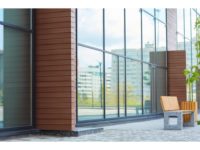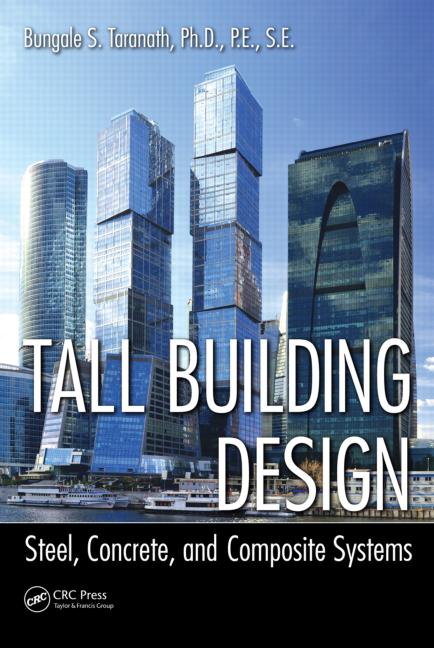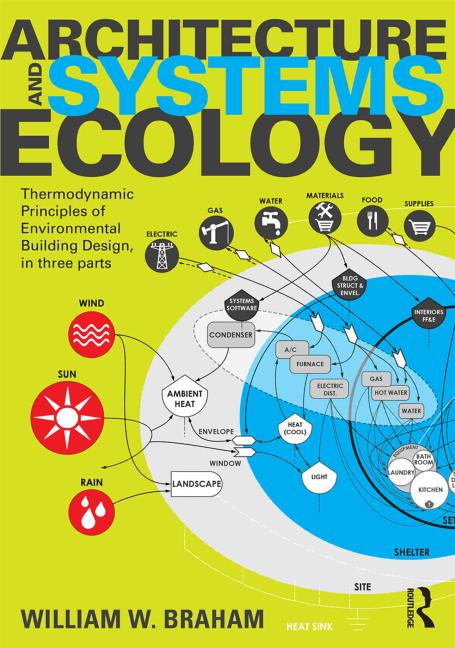Fiberon Wildwood Composite Cladding Earns Product Innovation, Good Design Awards

Testament to the company’s innovation in wood-alternative siding, Fiberon Wildwood composite cladding has earned two prestigious awards: a Good Design Award from The Chicago Athenaeum Museum of Architecture and Design, and a Product Innovation Award from Architectural Products magazine.
“These awards validate the commitment we have made to producing beautiful, high-performance building products that are sustainable and kind to the environment,” said Kate Haws, director of brand marketing for Fiberon.
The Good Design Awards program honors “both products and industry leaders in design and manufacturing that have chartered new directions for innovation and pushed the envelope for competitive products in the world marketplace.”
Similarly, the Product Innovation Awards recognize “the products, systems and materials helping architects achieve new designs and challenge the status quo.”
Wildwood composite cladding is made from 94 percent mixed recycled plastic and wood fiber content destined for landfills and incinerators. Using as many as 2,000 plastic bags in a single Wildwood board, Fiberon annually repurposes an average of 100 million pounds of recycled plastic into wood-plastic composite products.
“The emphasis on creating a product from recycled plastic bags makes this product highly rated on the sustainability scale,” wrote one of the judges for the Product Innovation Awards.
If not recycled, those plastic bags would likely end up in landfills or the ocean, where they could remain for up to 1,000 years. But it’s this same resistance to decomposing that helps make Wildwood last such a long time. Backed by a 50-year warranty, Wildwood features a durable composite core that ensures exceptional resistance to rotting, cracking, insects and decay.
“Creating quality, sustainable products is at the core of what Fiberon does. We are consistently looking for ways to be better stewards of the environment, and that starts with creating products that are built to stand the test of time,” Haws said. “After all, if a product made from recycled materials doesn’t last a lifetime, how sustainable is it, really?”
Wildwood is available in two nature-inspired collections that feature rich colors, realistic textures and the organic warmth and beauty of real wood. It is available in a variety of board lengths and widths for added design flexibility.
Wildwood cuts and installs similarly to real wood without the hassle and does not require the same staining and painting maintenance that wood requires — making it ideal for architects who want a long-lasting, maintenance-free, sustainable alternative to traditional wood cladding.
For more information on Wildwood composite cladding, visit fiberoncladding.com
Looking for a reprint of this article?
From high-res PDFs to custom plaques, order your copy today!








